Lahore Fort stood old and ruinous for many years before being demolished and rebuilt in its entirety in the mid-1500s, during the Akbar Period. Part of the Walled City of Lahore, the fort is a favorite among the many tourists that come to visit Pakistan.
Many myths and legends surround its origins; however, according to historical documents, there was an older mud fort erected on the site in the 11th century. The fort that stands today is the product of centuries of modifications, starting with the ruler Akbar the Great in 1566.
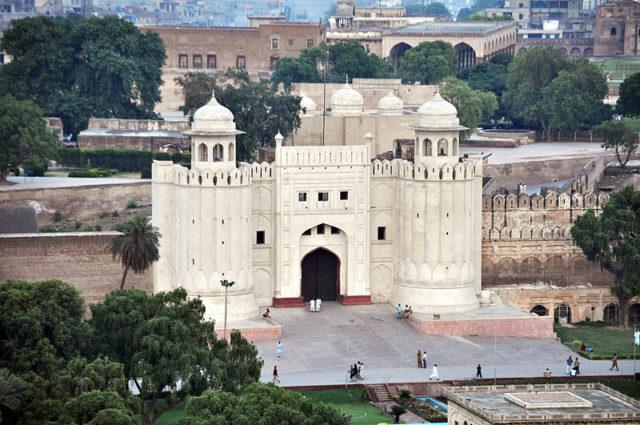
Akbar used bricks to erect his new fort. As time passed, new palaces and gardens were added. He also gave the order for three magnificent gates to be constructed; one of these gates – the Masti Gate – is permanently closed and out of use. The Alamgiri Gate, constructed in 1674 and once a private entrance, is today used as the main entrance.
In 1612, the fort received another set of renovations. One of these alterations was the addition of Christian elements; contrastingly, Akbar preferred to mix Muslim and Indian elements.
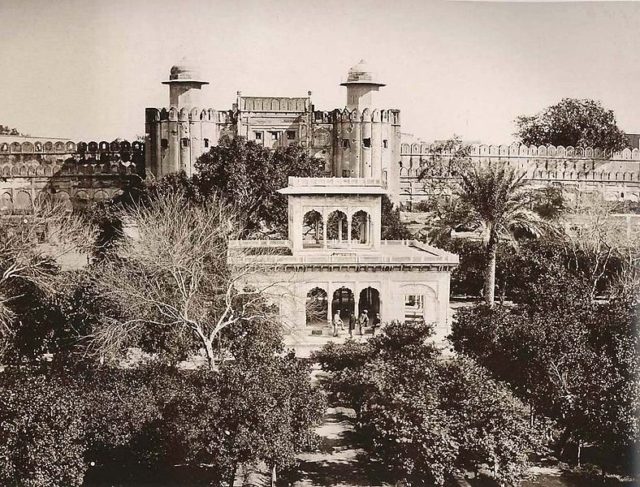
Another major addition was the “Picture Wall,” which was constructed on the wish of Emperor Jahangir. The wall was richly decorated, comprising of hundreds of panels and countless tiles, and was finished after the reign of Jahangir.
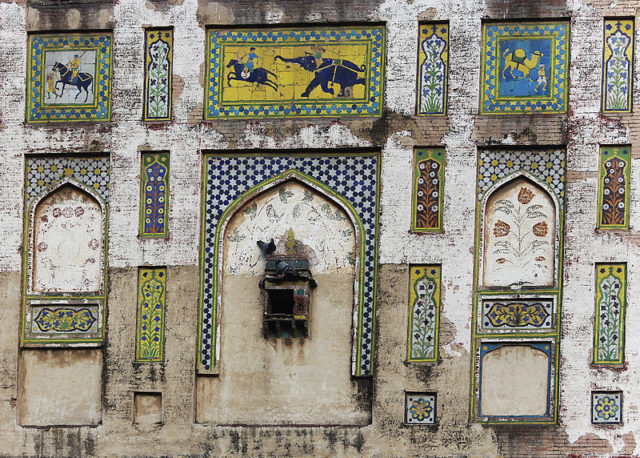
Shah Jahan, his son, succeeded the throne. Shah too left his mark upon the fort in the form of the great audience hall. Following Shah was Aurangzeb, who added new towers and other additions that still survive to this day.
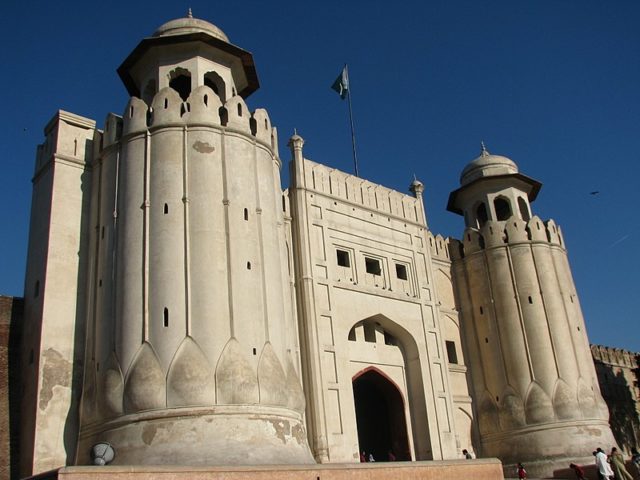
For hundreds of years, renovations and extensions were carried out, and many battles took place. The Durranis took the fort from Mughals, then lost it, before recapturing it again only to lose it once more. The Sikh Era, which lasted until 1849, was a prominent period of its history.
During the Battle of Gujrat on February 21st, 1849, the East India Company’s forces managed to overwhelm the Sikh army and force them to surrender the fort, which once served as the private residence of Ranjit Singh, the man who created the Sikh Empire.
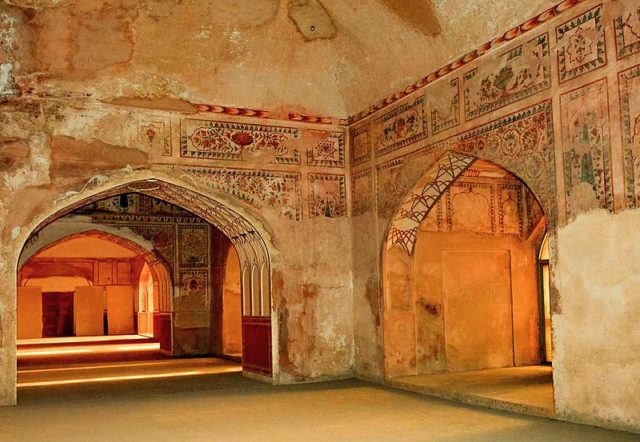
The Sikhs also left their architectural imprint, adding a new pavilion. The overall design of the fort is divided into two parts, one residential and one administrative. Both of them are wondrous to witness.
The residential section features a gate – known as The Elephant Gate – that leads to the “Mirror Palace,” which is also known as Shish Mahal. This palace was built in 1631 to honor the Empress.
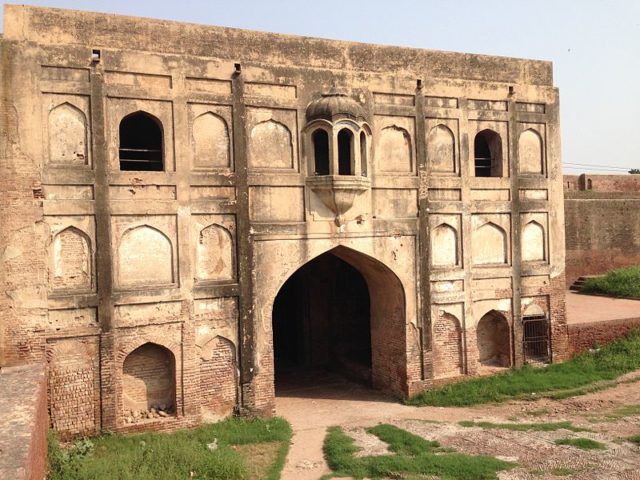
The total area of the site is around 50 acres and is roughly in the shape of a trapezoid. It is equipped with three museums to offer additional information to visiting tourists.
One of these museums is the Sikh Gallery, which offers an exhibition of old and original paintings of historic value. The other two are the Armoury Gallery and the Mughal Gallery. The Armoury Gallery offers an insight into the history of the place by exhibiting original weapons such as swords and spears, whereas the Mughal Gallery displays coins and old manuscripts filled with magnificent calligraphy. Although some of the fresco paintings have faded and deteriorated, enough remains to give a sense of the fort at its finest.
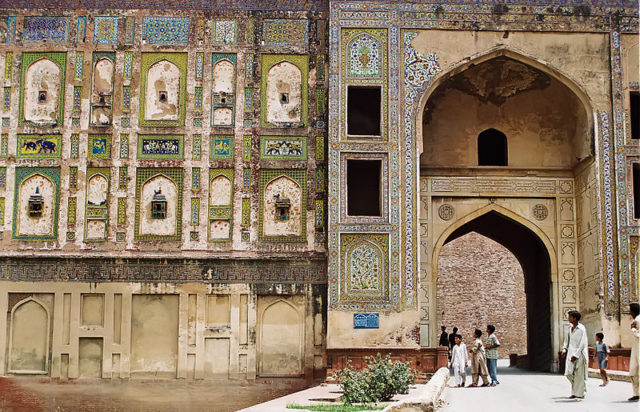
Lahore Fort became a UNESCO World Heritage Site in 1981, around 132 years after British colonialists took control of it.
